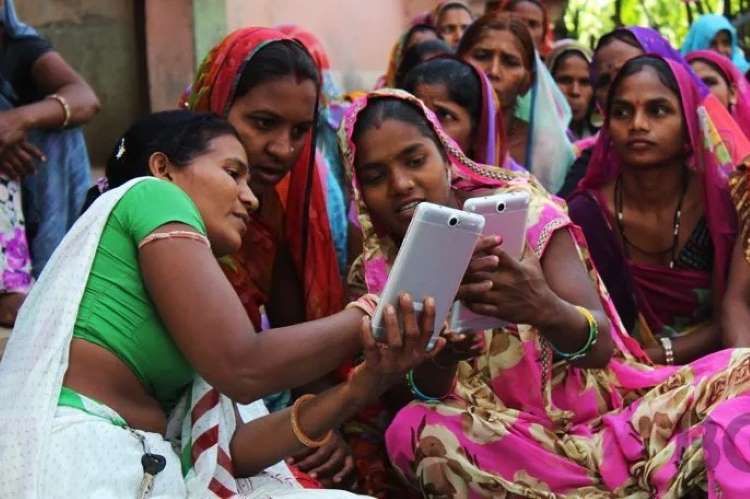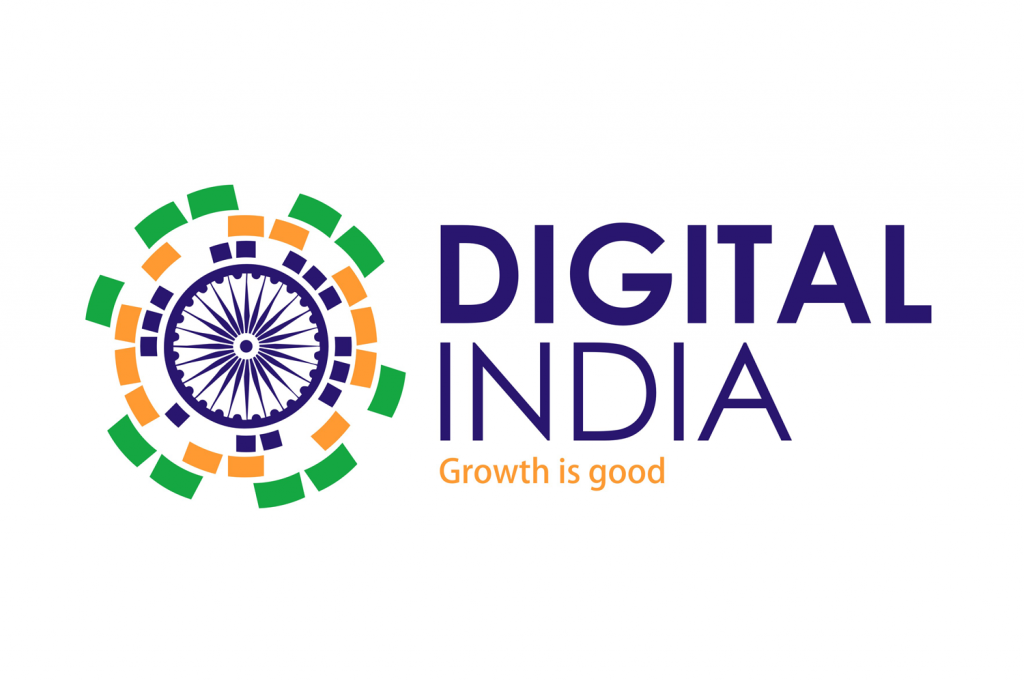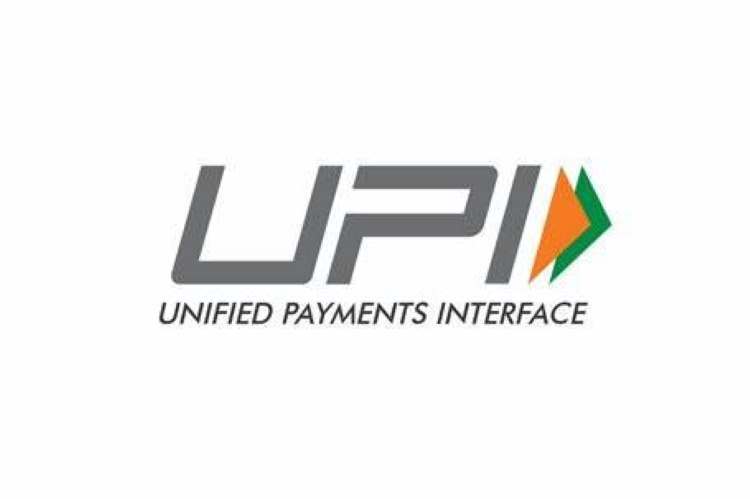
A world-class digital infrastructure for India: I personally experienced the digital behavioral change in India when I joined Prasar Bharti in 2017 as CEO. It was a completely paper-based organisation then. By the time I left in 2022, it was completely automated and capable of digital handling of files. This digital transformation happened in a very uniquely Indian way. There are a lot of lessons to be learned from the experience.
When I visited China about four years ago, I visited the Starbucks in Chengdu and was trying to make a payment using a credit card. They literally had no idea how to swipe a credit card. They had to take out the manual to see how the MSR card has to be swiped because they had already made the transition to mobile payments. With UPI, India skipped that step. Like in China, our people have completely embraced QR codes and mobile phones without the need for card readers. So, we have taken a totally different path.

If you look at the United States, their digital public goods infrastructure has largely been about big tech platforms. That is the path that the West took. The other extreme of it is the completely distributed, anarchic way of doing things, represented by blockchains and crypto. We have seen where that goes. It is completely distributed and autonomous and there is no central authority.
READ I Digital governance: Lessons from Estonia to India, rest of the world
Uniquely Indian digital infrastructure
India had these two contrasting models for building its digital infrastructure. India has taken the very unique middle path. It perhaps goes to our cultural values where we always tried to find a middle path. Aadhar evolved with a centrally created platform. But when you look at UPI, it is a network of distributed transactions made possible through open API. That is the key part of India’s approach towards digital public goals or digital infrastructure.
The middle path is not about very large private tech platforms dominating the landscape, nor it is about completely distributed, completely autonomous edge-based computing. It is a hybrid model where we have big platforms at the centre, along with open APIs where anyone can participate.

We have seen the stupendous growth in UPI transactions where the open API architecture allows everyone to participate – be it banks, be it small vendors, be it individuals. I just discovered something very interesting. The post office has something called the postal payments bank and it issues a card to conduct a UPI transaction. You just need to show this card and the vendors can scan the QR code. It has become so much easier to make payments. This is democratizing the access to digital technologies in India.
A world-class digital infrastructure
This is the uniquely Indian approach to build world-class digital infrastructure. One of the key requirements is large-scale computing on the cloud which means huge data centres. These huge data centres, apart from requiring real estate and 24×7 electricity, are huge guzzlers of energy. So, there’s a whole sustainability and climate angle to it. India doesn’t necessarily have to go down that path.
We don’t necessarily have to build these mega data centers. There’s a window of opportunity there for innovation where we could have a hybrid approach where there’s computing power that is distributed to various machines. All of that can come together to create the same effect that one big data center does in the West.
All of us are reading a lot about the way ChatGPT. Artificial intelligence has taken the whole news cycle by storm. For ChatGPT you need very expensive computing power to be able to get that interesting, intelligent responses. That looks like a lot of energy in computing going into doing something very small, but though of course interesting and intelligent.
Right now, I just read that Stanford University has come up with a with a similar model large-scale language model which can be run on a regular Mac which probably has equal amount of computing power as a GPU. So, we will have to take a look at innovative approaches of this nature where it doesn’t necessarily have to be large-scale IT infrastructure, but intelligent edge computing. Perhaps we can also achieve the same results when done in a very uniquely Indian way.
Large models like Chat GPT, Bard, or Google are built from a very American perspective. The training data that has gone into it is largely sourced from open internet with an American worldview. I think there is a risk of losing what is uniquely Indian. So, our approach to building these kinds of AI-based platforms will have to be very uniquely Indian. We have to take the middle path where I think interesting efforts like AI for Bharat at IIT Madras and the Bhashini initiative championed by the ministry of IT, where we can have a similar language model for Indian languages.
In India the diversity of languages is such that it’s not just 20-25 official languages you have hundreds of dialects, so to build a model that can serve this diverse population will require an approach which is uniquely Indian. I think that is where our innovation has to tread that middle path and that will have to be based on open APIs.
The Estonian experience has shown that the entire digital infrastructure cannot be built out by public entities. It will require private partnership, but there is a need to avoid the path where a few tech platforms have the skill and power that public interest is compromised. At the same time, we can’t afford the anarchy of the completely distributed, completely autonomous systems either. So, the hybrid model of UPI is the way to go.
In the future, we will require high-speed internet connectivity through which you get network connectivity in every corner of India. There again, the path that we’ve taken is not linear. We didn’t go from landlines to you know fixed broadband and so on. Similarly on the television side we didn’t go from terrestrial to digital terrestrial and then cable and satellite. Our approach has always been that we skip certain steps in between, we take leaps which gives us an advantage.
We have taken a similar leap on the connectivity side as well. With 4G, 5G and even 6G in a few years, we may not necessarily need high-speed broadband at every home. Mobile technologies will help us skip those interim steps. One other interesting technology I want to share today is what is called direct to mobile broadcasting or D2M where you could receive broadcast signals directly on your mobile phone. The phones can have an embedded chip which can directly get broadcast signals from your towers.
What this can help us do is shift this explosion of video traffic that we’re seeing on 4G and 5G networks onto these mobile phones. Millions of people are watching an IPL match do it over the internet. When you broadcast to phone directly, we can free up bandwidth for the kinds of applications such as tele medicine, tele education and applications which are of great social importance where you need low latency and high speed interactivity. That will reduce the pressure on cellular networks. These are the kinds of hybrid methods that we will have to figure out for India because our needs are very uniquely Indian.
(Shashi Shekhar Vempati is a former CEO of public broadcaster Prasar Bharati. He writes regularly on technology and public policy.)
